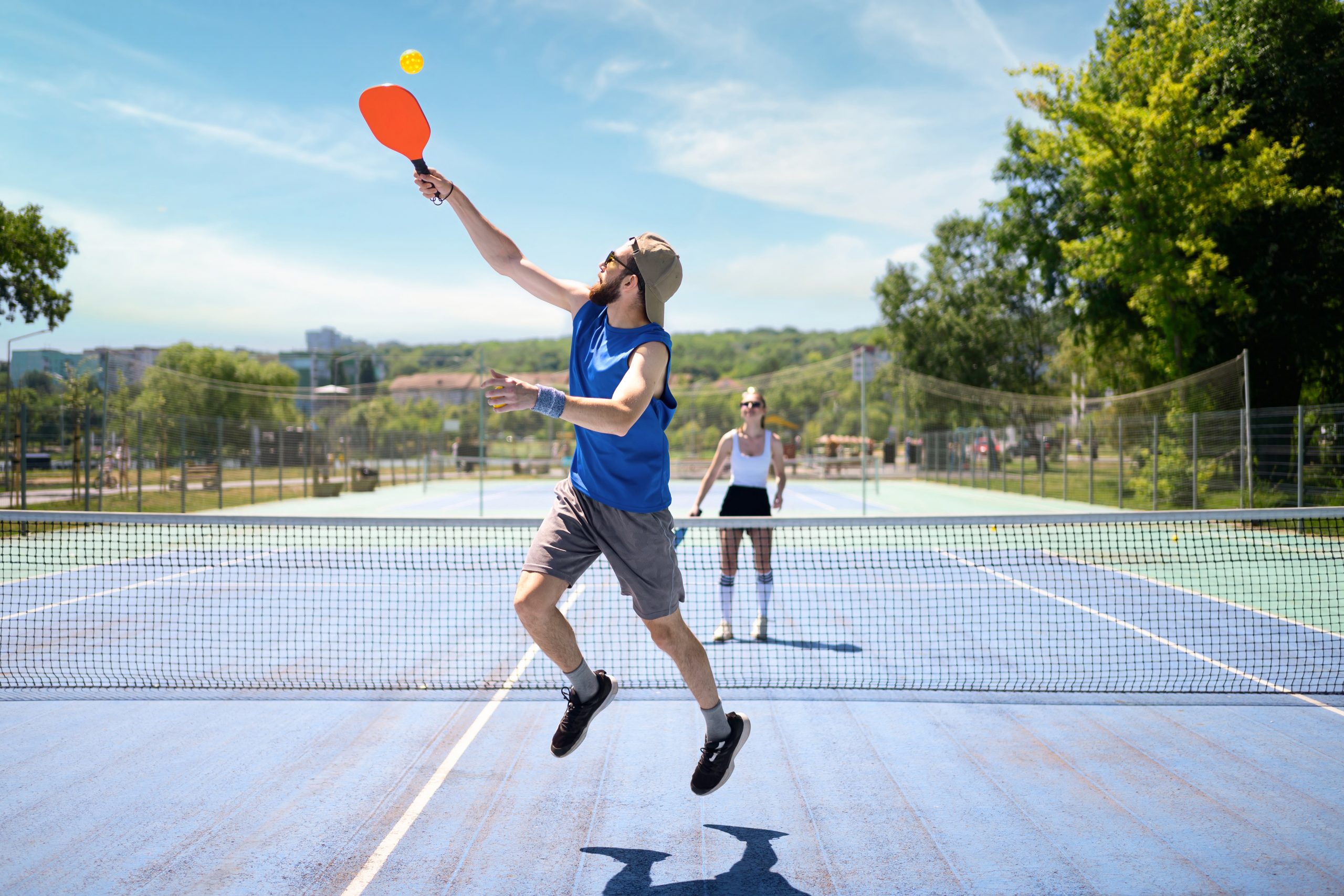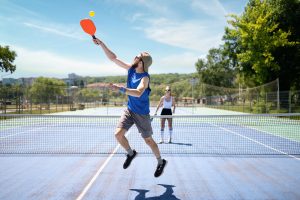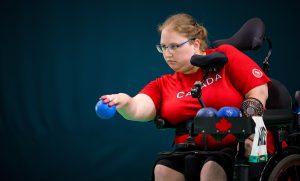If you’ve been noticing people toss around the word “pickleball” a lot lately, you’re not dreaming. In fact, a recent Pickleball Canada-led survey estimates that 1.54 million people in Canada play pickleball!
But what the heck is pickleball, and why does it seem like everyone is so obsessed with it? And, most important of all, is there a kitchen, and will snacks be served?
What is pickleball?
Often described as a mix of badminton, tennis and table tennis, pickleball is a paddle sport played using a plastic ball with holes in it on a concrete court with a net in the middle. A businessman and politician named Joel Pritchard invented it in 1965 after he and his family played badminton at their summer home using table tennis paddles and a wiffleball because they didn’t have badminton racquets or birdies. Pritchard’s wife, Joan, named the sport “pickleball” after the “pickle boat”, which is made up of leftover rowers from other teams, in crew racing.
How to play pickleball
In pickleball, you can play singles (one vs. one) or doubles (two vs. two). Each court is split into even (right) and odd (left) service courts with a kitchen on each side. Yes, you read that correctly, and no, there aren’t any jars of pickles there to grab! The “kitchen” is where it’s strictly forbidden to “volley” the ball (hit it from the air before it bounces). If you wish to hit the ball while you’re in the kitchen (aka the “non-volley zone”), the ball has to bounce once first.
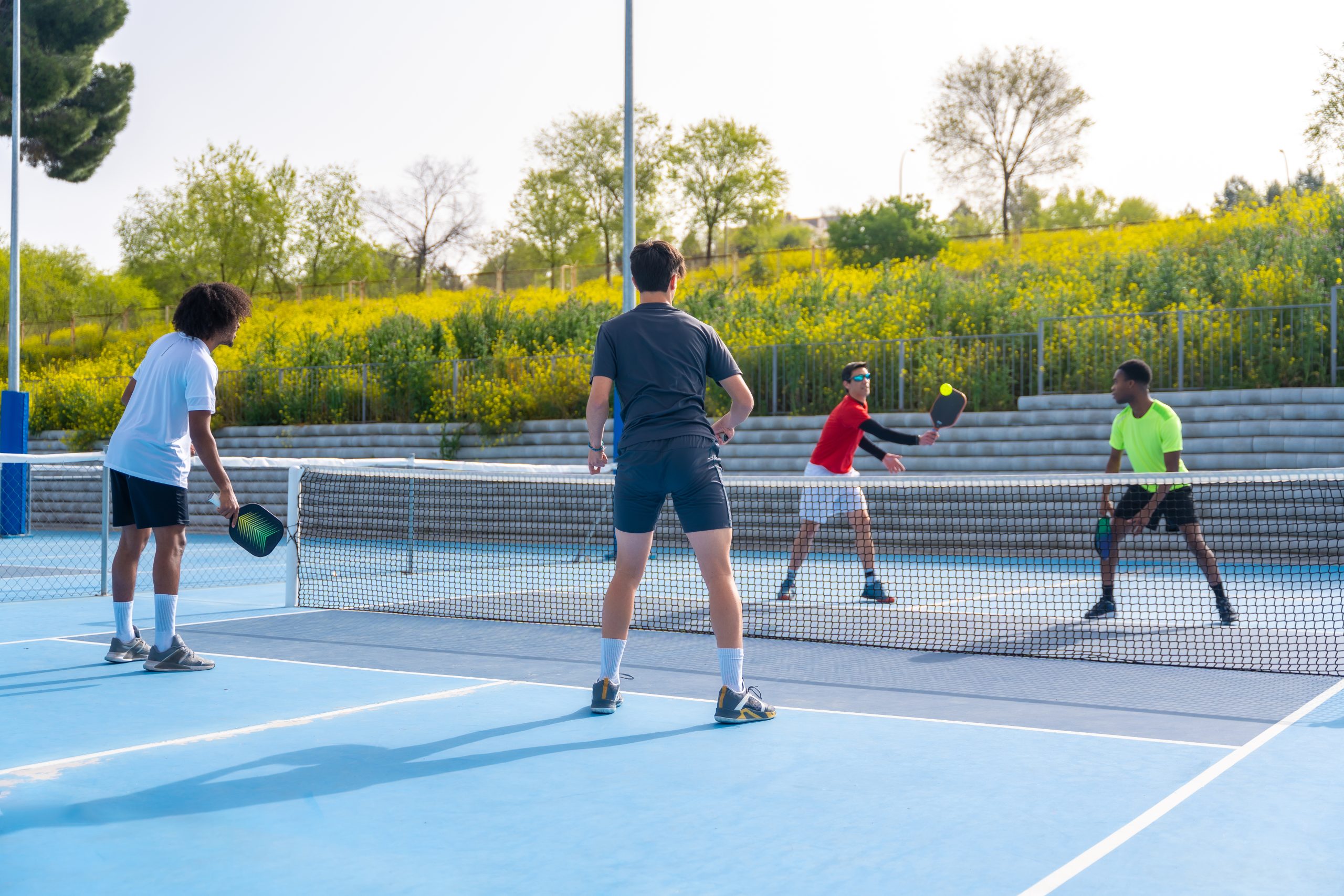
A pickleball game starts when a player on one side of the court serves the ball underhand and diagonally over the net to the opposing player or team’s receiving court. After the ball gets served, at least one player on each side must hit one “groundstroke” (hit the ball after it has bounced once) before they can volley the ball over the net. This is called the “two-bounce rule”.
Players then “rally” (hit the ball back and forth over the net) until a player does not return the ball according to the rules. Only the serving side can score points, which are awarded when the server or server’s team wins a rally, or the opposing side gets a “fault” (violates a rule). The server keeps serving and switching service courts until the serving side loses a rally or gets a fault.
The first player or team to score 11 points and lead by at least two points wins the game. To learn more about the rules of pickleball, check out the Global Pickleball Federation’s official rulebook.
7 reasons to try pickleball
1. Your heart will love you for playing it
According to Canada’s 24-Hour Movement Guidelines, adults need at least 150 minutes of moderate- to vigorous-intensity physical activity (MVPA) each week. In a study of adults over age 50, more than 70% of their pickleball playing time was within the moderate-to-vigorous heart rate zone, so playing pickleball can help you reach the MVPA guideline. And in a small pilot study, researchers found that playing pickleball every other day for six weeks was linked with reducing high blood pressure and elevated cholesterol levels – key risk factors for heart disease.
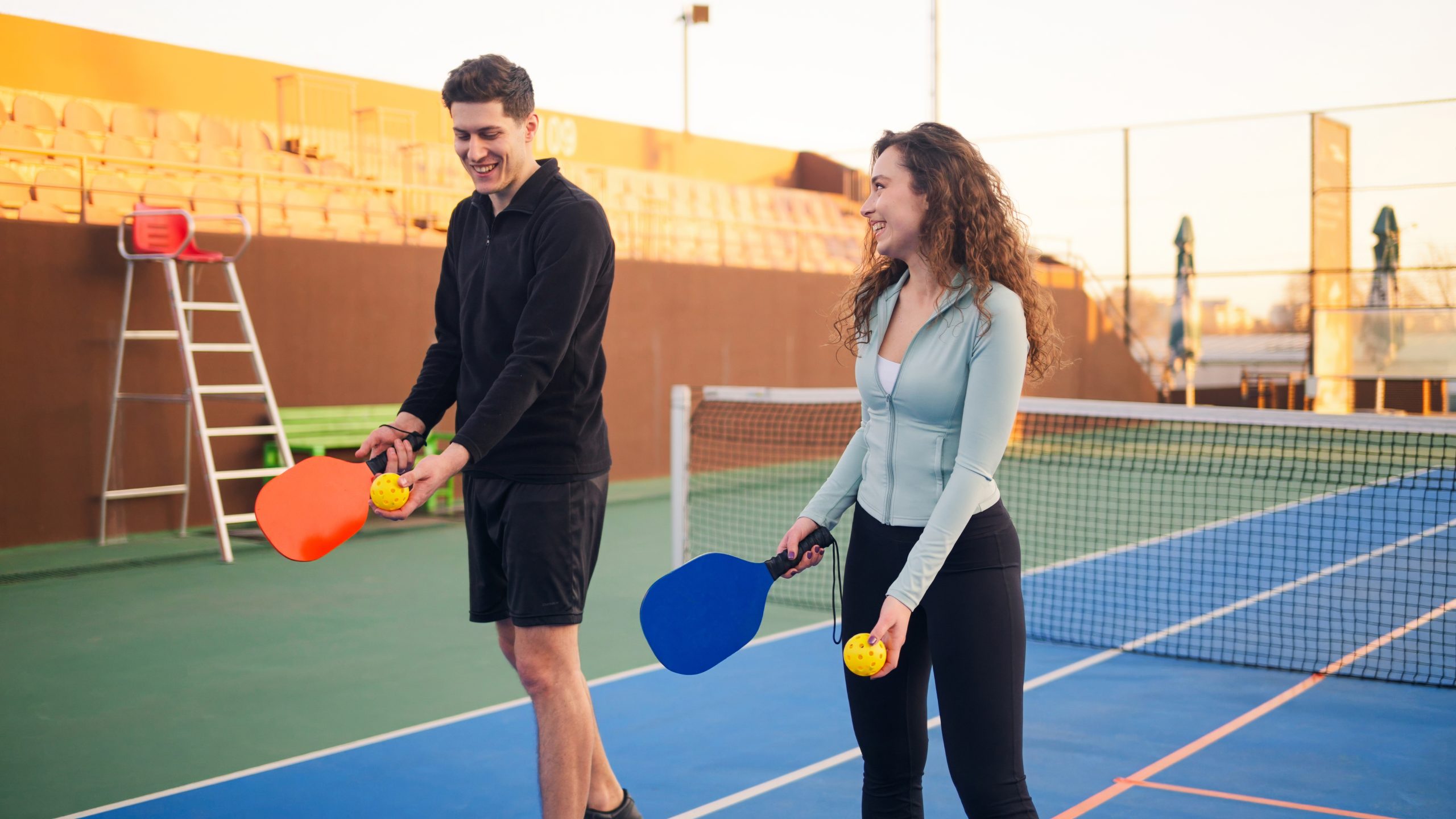
2. It’s suitable for all ages and abilities
Pickleball welcomes people of all ages and abilities with open paddles, including wheelchair users, who can play with each other or with standing players. To accommodate players who use wheelchairs, a few different rules apply to them. For example, unlike standing players, those who use wheelchairs are allowed to return the ball after it has bounced twice on their side of the court, and they’re also allowed to cross the non-volley line.
3. It can improve your social life
Pickleball is automatically social because you need at least one other person to play it, and the small court size encourages social interactions with other players. These aspects make the sport an easy way to meet new people and make friends, especially if you become part of a pickleball league or club.
4. It can strengthen your mental and brain health
Studies on pickleball and mental health show that pickleball players report improvements in happiness, life satisfaction and well-being. Like many other sports, it also teaches you how to deal with challenges, setbacks (like when your pickleball teammate volleys the ball from the kitchen), losses and high-pressure situations (like when the ball is about to nail you in the face). All this can help you become more resilient the next time you’re “in a pickle”!
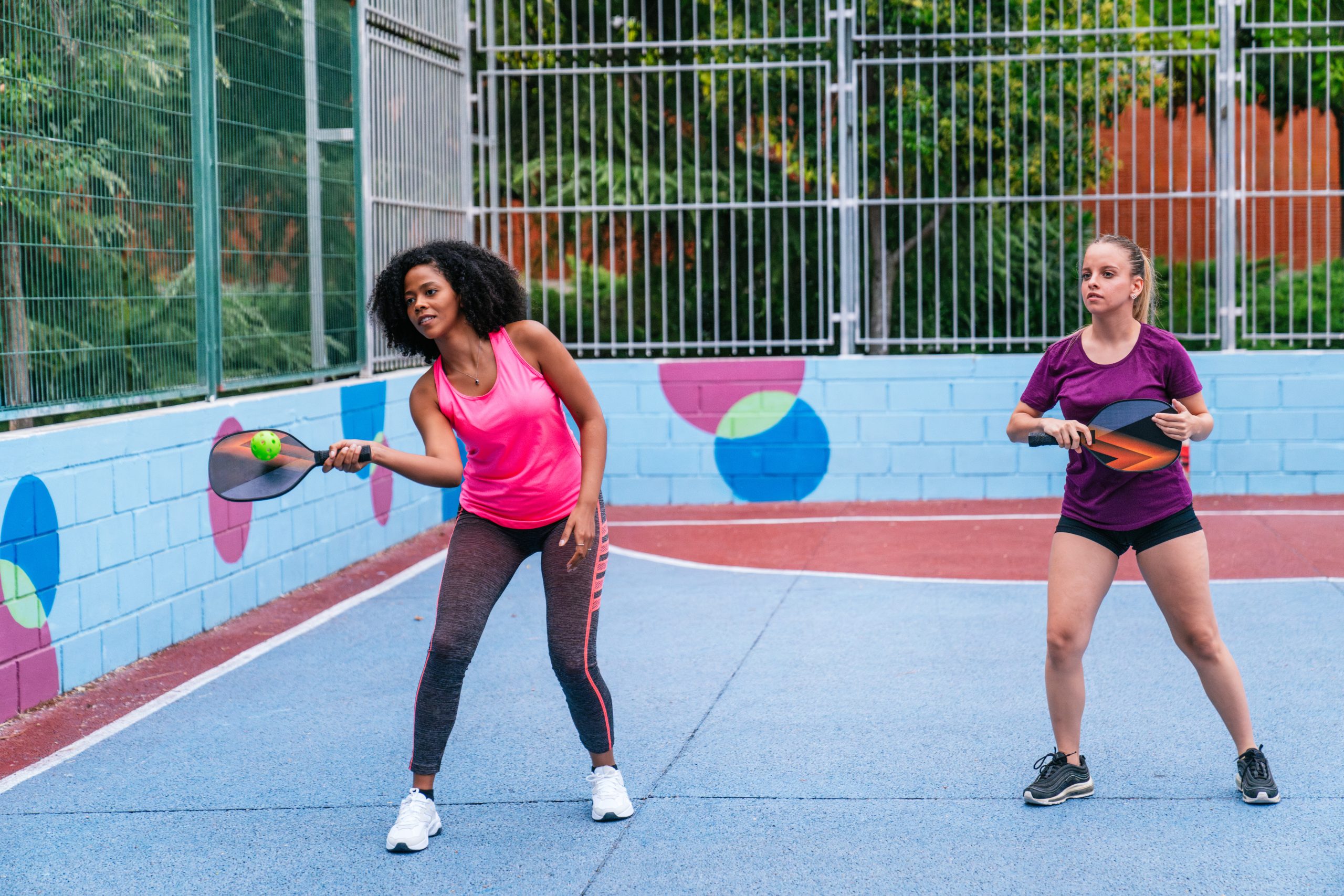
Other research shows that pickleball can help enhance your brain function and memory recall. This might be because you have to make quick decisions and remember the rules, score, serving order and where the heck the kitchen is!
Let’s test your pickleball knowledge so far!
5. Your joints will thank you for playing
If your joints ever filed a formal complaint after playing tennis, you’ll appreciate pickleball’s smaller courts and slower pace, because it means you don’t need to travel as far or as fast as in tennis to keep the ball in play. This lowers the impact on your knees, ankles and hips. Plus, the underhand serve used in pickleball keeps muscle and joint stress to a minimum.
6. It can enhance your coordination and balance
Playing pickleball involves moving forward, backward and side-to-side, hitting the ball strategically and quickly reacting to a ball coming at you. These types of movements make the connections between your brain, eyes and body sharper, helping to improve your coordination and balance. Having good balance lowers your risk of falls, which is an especially major health concern for older adults.
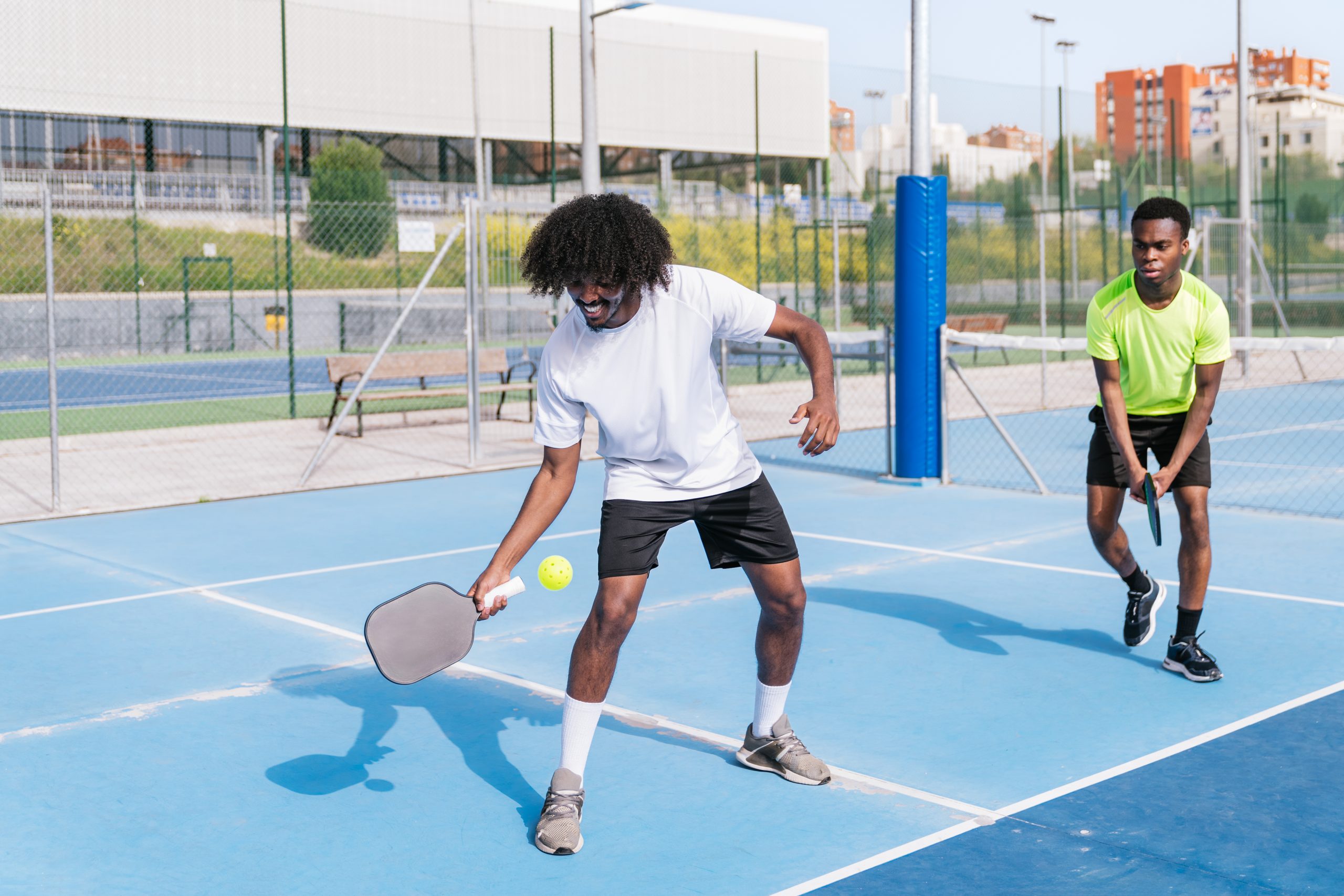
7. It can improve your bone and muscle strength
Sports like pickleball put healthy stress on your bones and muscles, and your body responds by strengthening them. This can help prevent osteoporosis, a condition that makes your bones weaker and more vulnerable to fractures.
How to get started with pickleball
1. Look for a local pickleball club or group
Use Pickleball Canada’s Find a Club tool or enter “pickleball near me” on a search engine to locate a club near you. You can also search Facebook, WhatsApp or Meetup for pickleball groups that organize games at courts near you. If you can’t find a club or group near you online, contact your provincial or territorial pickleball association.
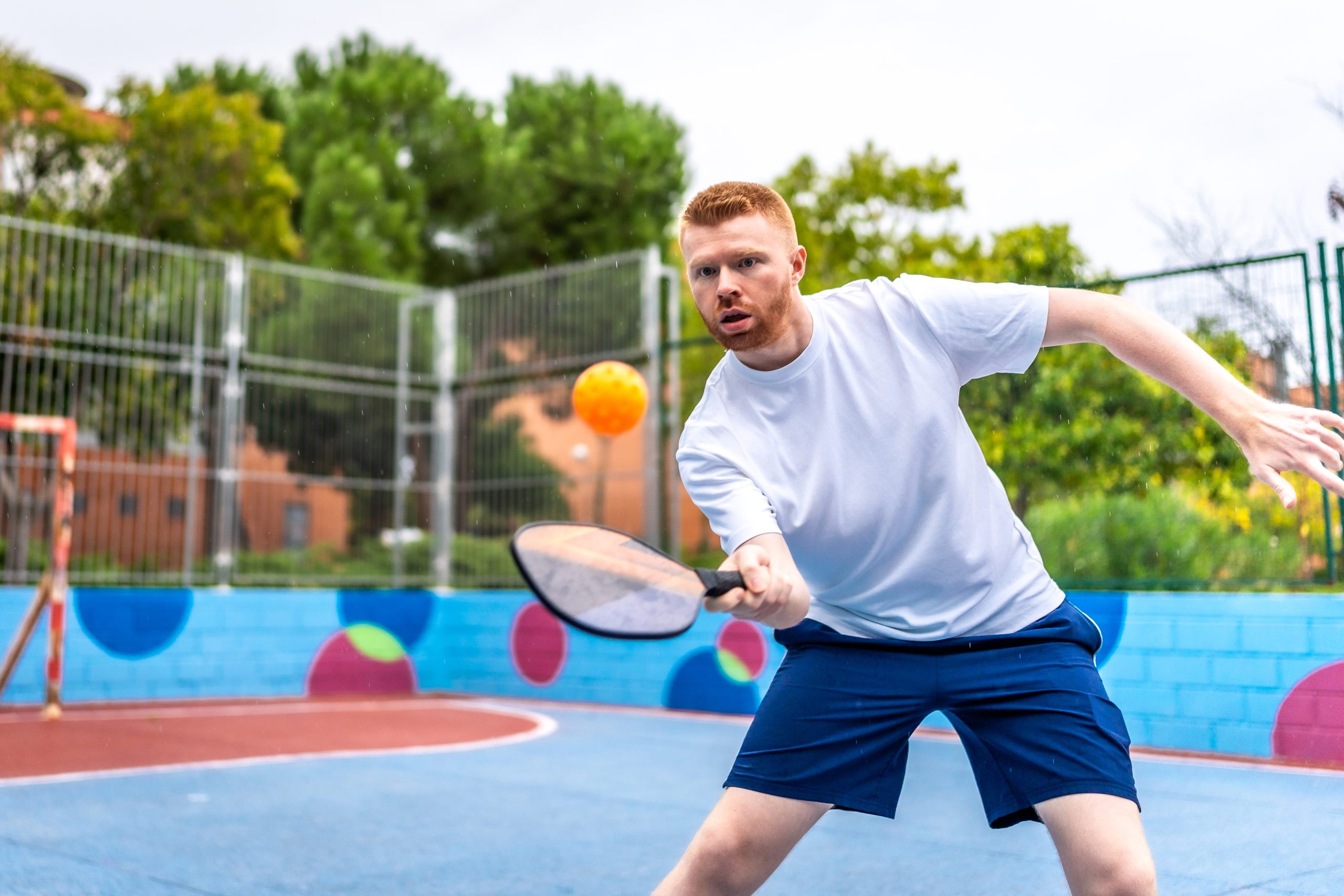
2. Learn the rules, skills and strategies
Consider taking group lessons to learn what a “dink” is without googling it in public (spoiler alert: it’s a soft and short hit taken from the kitchen), lower your injury risk and meet others at your skill level. Check with your local pickleball club about what lessons and programs they offer or whether they know of any certified pickleball instructors and coaches who teach outside of club environments.
3. Locate public pickleball courts near you
With the growing popularity of pickleball in Canada over the last few years, public courts have been popping up across the country at many recreation centres and parks, where they’re often combined with tennis or basketball courts. Visit your municipality’s website for drop-in time schedules.
The next time you’re looking for a fun way to make room to move, pick up a pickleball paddle and ball and head to your nearest court. Just remember to stay out of the kitchen (unless the ball bounces first)!

